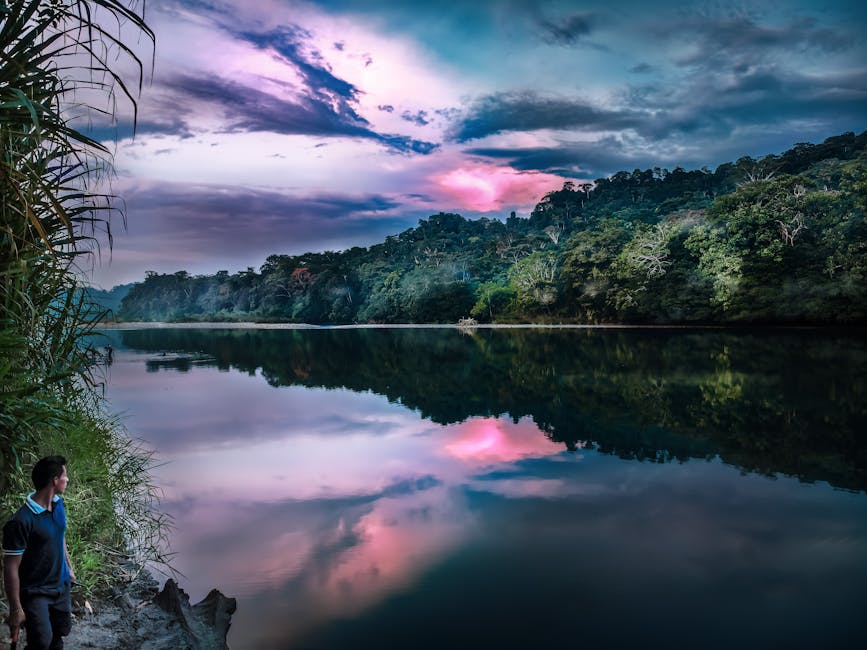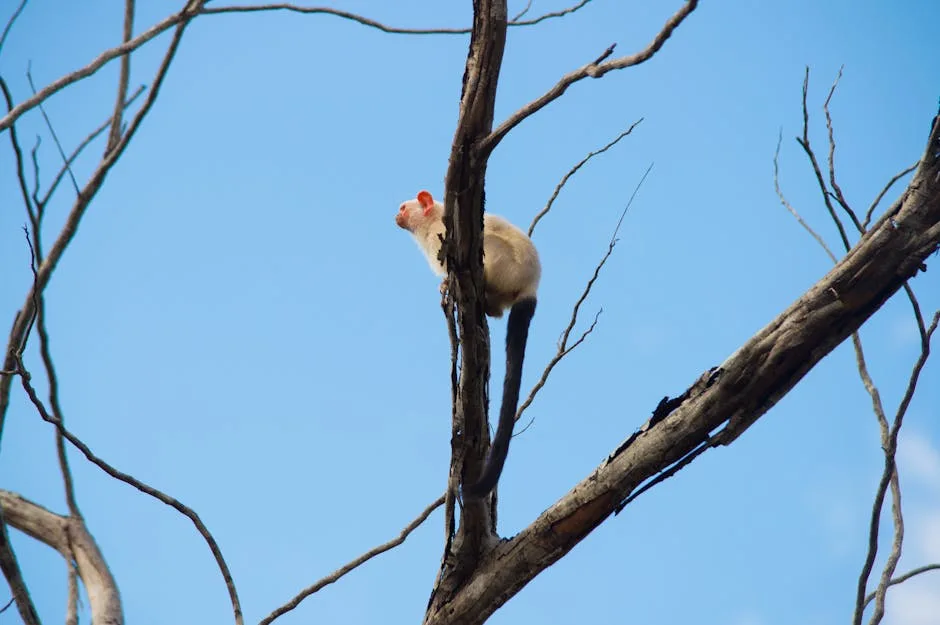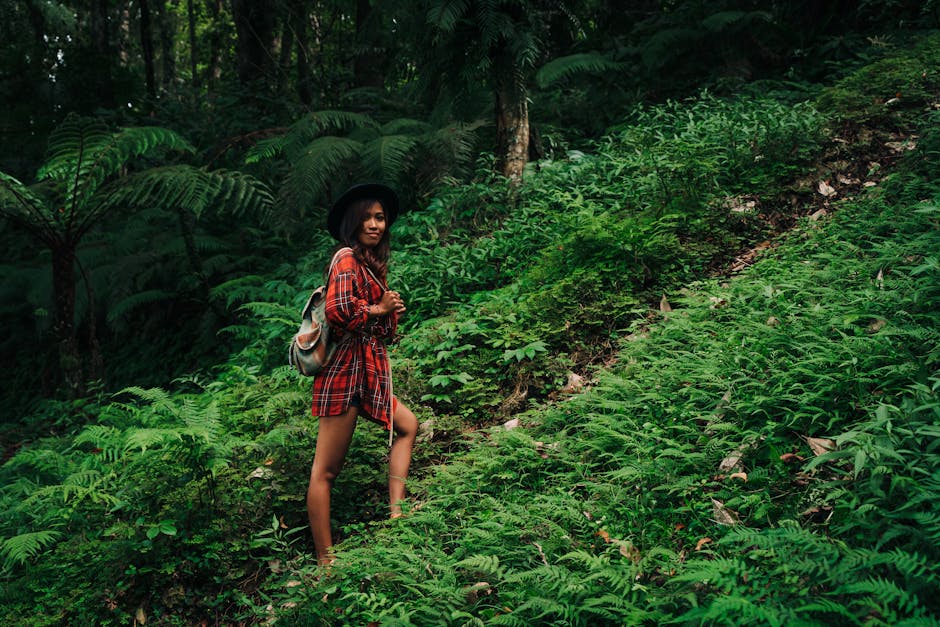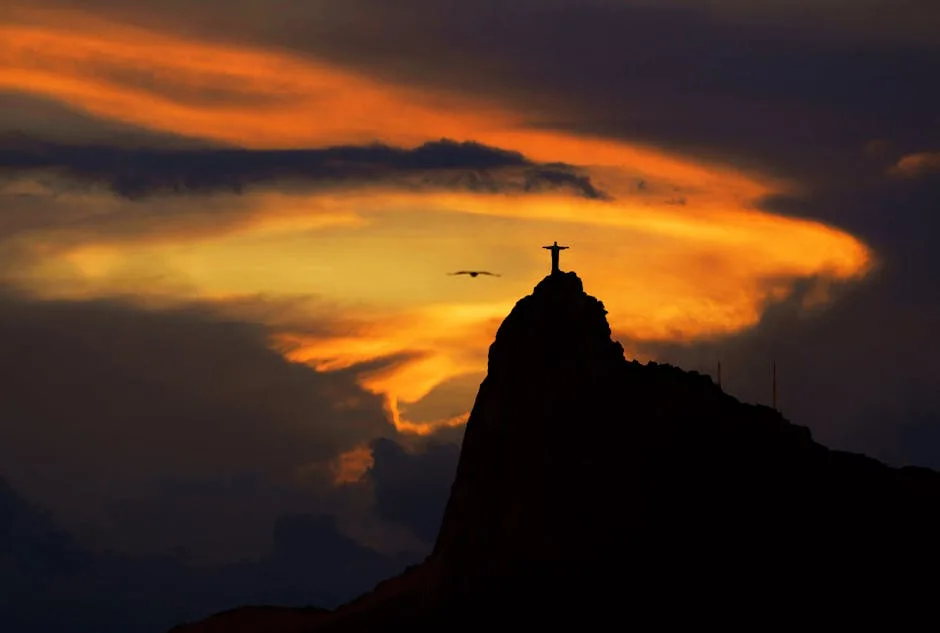- Breathing the Amazon: Why This Trip Will Change You
- First Steps: Where in the World is Your Amazon?
- Brazil: The Heart of the Amazon
- Peru: Biodiversity Hotspot
- Ecuador: The Andean Foothills
- Colombia: A Resurgent Gem
- Timing is Everything: Decoding the Seasons
- Your Jungle Home: Lodges and River Cruises
- The Adventure Awaits: Must-Do Amazon Experiences
- Pack Smart: Your Jungle Survival Kit
- Essential Clothing & Gear:
- Staying Healthy and Respectful on Your Journey
Breathing the Amazon: Why This Trip Will Change You
Close your eyes for a moment. Imagine the air, thick and humid, smelling of damp earth and blooming flowers you can’t name. Hear the cacophony of life—a chorus of unseen insects, the distant call of a howler monkey, the rustle of leaves betraying a creature’s path. This isn’t a soundscape from a nature app; it’s the living, breathing reality of the amazon Rainforest. Often called the “Lungs of the Planet,” the Amazon is more than just a destination; it’s an immersion into the very pulse of life on Earth.
A journey here is a chance to disconnect from the digital world and reconnect with something primal and profound. It’s about the thrill of spotting a neon-blue morpho butterfly flit across a sunbeam, the humility of standing beneath a 200-foot kapok tree, and the quiet wonder of gliding down a dark, mirror-like river under a canopy of stars. If you’re craving an adventure that stirs the soul and awakens the senses, you’ve come to the right place. Let’s talk about how to make your dream trip to the Amazon a reality.
First Steps: Where in the World is Your Amazon?
The Amazon Basin is colossal, stretching across nine South American countries. Thinking you can “see the Amazon” is like thinking you can “see Europe” in a weekend. The key is to choose a gateway city that aligns with the kind of experience you’re seeking. Each offers a unique flavor of the jungle.

Brazil: The Heart of the Amazon
When most people picture the Amazon, they’re likely thinking of Brazil, which holds the lion’s share of the rainforest. The main hub here is Manaus, a bustling city plopped right in the middle of the jungle. From here, you can journey to the incredible ‘Meeting of the Waters,’ where the dark Rio Negro and the sandy-colored Solimões River run side-by-side for miles without mixing. Brazilian Amazon trips often focus on river-based exploration, deep jungle lodges, and the immense scale of the forest.
Peru: Biodiversity Hotspot
Peru offers some of the most wildlife-rich and accessible parts of the Amazon. You have two main options here. Iquitos, in the north, is the world’s largest city that cannot be reached by road, giving it a true frontier feel. It’s the gateway to the Pacaya-Samiria National Reserve. In the south, Puerto Maldonado is your entry point to the Tambopata National Reserve, famous for its clay licks where hundreds of macaws and parrots gather in a riot of color. Peruvian Amazon is fantastic for birdwatching and spotting mammals.
Ecuador: The Andean Foothills
Ecuador’s slice of the Amazon, known as the Oriente, is easily accessible from the Andes. The main gateways are Coca and Tena. A trip here often starts with a dramatic journey down from the mountains into the lush lowlands. Yasuní National Park, a UNESCO Biosphere Reserve located here, is one of the most biodiverse places on the entire planet. Ecuador is a great choice for those looking to combine an Amazon adventure with a trip to the Galápagos or the Andes.
Colombia: A Resurgent Gem
For the more intrepid traveler, Leticia in Colombia offers a fascinating experience. Located where Colombia, Brazil, and Peru meet, it provides a unique cultural crossroads. The tourism infrastructure is less developed than in other countries, but the reward is a feeling of authentic discovery, with opportunities to visit indigenous communities and explore pristine forests.
Timing is Everything: Decoding the Seasons
There are broadly two seasons in the Amazon: the rainy season and the… well, less rainy season. Don’t let the names fool you; it can rain any day of the year! But the intensity and frequency change, dramatically altering the landscape and your experience.
- The High-Water Season (Wet Season): Typically from December to May. The rivers swell, flooding the forest floor (an area called the várzea). This is the best time for boat and canoe exploration. You can navigate through smaller tributaries and get closer to the jungle canopy, which is great for spotting monkeys and birds. The downside? More mosquitoes and fewer jungle trails for hiking.
- The Low-Water Season (Dry Season): Generally from June to November. As the waters recede, hiking trails emerge. This is the prime time for trekking and exploring the forest on foot. You’re more likely to see caimans and other reptiles sunning themselves on the riverbanks. Fishing is also typically better during this period.
There’s no “bad” time to go; it just depends on whether you’d rather be hiking trails or exploring flooded forests by boat.
Your Jungle Home: Lodges and River Cruises
Your choice of accommodation will define your Amazon experience. Most travelers opt for a multi-day package at a jungle lodge or on a river cruise, which includes lodging, meals, transport, and guided excursions.
Jungle Lodges range from rustic, open-air cabanas where you fall asleep to the sounds of the forest, to luxurious retreats with air conditioning and private plunge pools. The key is location. The further a lodge is from a major city, the more pristine the surrounding forest and the better the wildlife viewing opportunities. Look for eco-lodges that practice sustainability and work with local communities.
River Cruises are essentially floating lodges. They allow you to cover more ground and explore different areas of the river system. You’ll sleep in a comfortable cabin and venture out on smaller skiffs for daily excursions. This is a great option for those who prefer a bit more comfort and want to see a wider variety of riverine landscapes.

The Adventure Awaits: Must-Do Amazon Experiences
Your days in the Amazon will be filled with guided activities designed to reveal the forest’s secrets. Here are a few things you can look forward to:
- Wildlife Spotting: This is the main event! With an expert guide, you’ll scan the trees for sloths, several species of monkeys (howlers, capuchins, squirrel monkeys), and maybe even a shy tapir or capybara by the water’s edge. Keep an eye out for pink river dolphins in the tributaries!
- Night Walks: The jungle transforms after dark. Armed with a flashlight, you’ll venture out with your guide to discover a world of nocturnal creatures: beautifully patterned frogs, enormous insects, spiders with eyes that glow in the dark, and perhaps a kinkajou or two. It’s a thrilling experience.
- Piranha Fishing: A classic Amazon activity. Using a simple wooden pole and a piece of meat, you’ll try your hand at catching the infamous red-bellied piranha. It’s surprisingly fun, and your catch might even end up as an appetizer for dinner!
- Canopy Exploration: Some lodges have canopy walkways or observation towers that lift you into the treetops. This gives you an entirely new perspective on the forest and is a fantastic way to spot toucans, macaws, and other birds that are hard to see from the ground.
- Visiting a Local Community: Many tours include a respectful visit to a local indigenous or ribeirinho (river-dweller) community. This is a chance to learn about their way of life, their deep connection to the forest, and perhaps purchase some beautiful, handcrafted souvenirs directly from the artisans.
Pack Smart: Your Jungle Survival Kit
Packing for the Amazon isn’t about fashion; it’s about function and comfort. The mantra is lightweight, breathable, and quick-drying.

Essential Clothing & Gear:
- Long-sleeved shirts and pants: Lightweight and in neutral colors (khaki, green, beige). These are your best defense against both the sun and insects.
- A reliable rain jacket: It’s a rainforest. You will get rained on. A lightweight, breathable poncho or jacket is non-negotiable.
- Good footwear: A pair of broken-in waterproof hiking boots is great for trails. Most lodges will also provide rubber boots, which are essential for muddy conditions.
- Insect repellent: Choose one with a high concentration of DEET or Picaridin for maximum effectiveness.
- Sun protection: A wide-brimmed hat, sunglasses, and high-SPF sunscreen are crucial.
- A headlamp or flashlight: Essential for night walks and for navigating your cabin after dark, as electricity can be limited.
- Binoculars: Do not leave these at home! A good pair of binoculars will be your best friend, bringing distant wildlife into sharp focus.
- A dry bag: To protect your camera, phone, and other electronics from an unexpected downpour or a splash from the canoe.
Staying Healthy and Respectful on Your Journey
A little preparation goes a long way in ensuring your trip is safe and positive. Always consult your doctor or a travel clinic well in advance of your trip about recommended vaccinations (like Yellow Fever) and malaria prophylaxis. Once you’re there, drink only purified water provided by your lodge, stay hydrated, and listen to your guide’s instructions—they are the experts.
Most importantly, travel with a spirit of respect. You are a guest in one of the world’s most vital and fragile ecosystems, home to countless species and ancient human cultures. Choose tour operators with strong environmental and social credentials. Don’t feed or touch wildlife, stay on the designated trails, and leave nothing behind but footprints. By being a conscious traveler, you help ensure that the magic of the Amazon will be there for generations to come. The rainforest is waiting—ready to share its incredible story with you.




